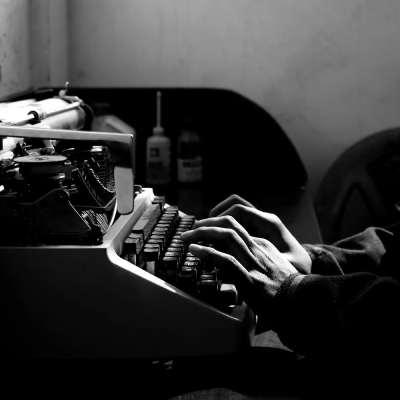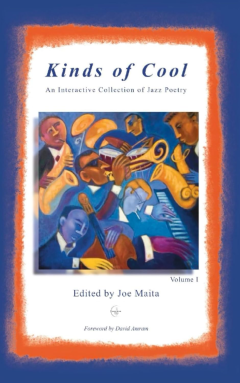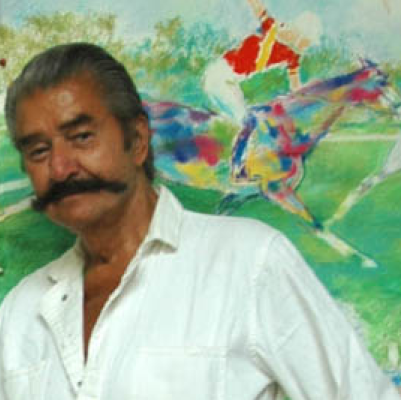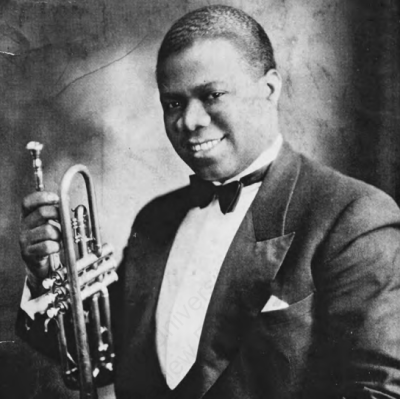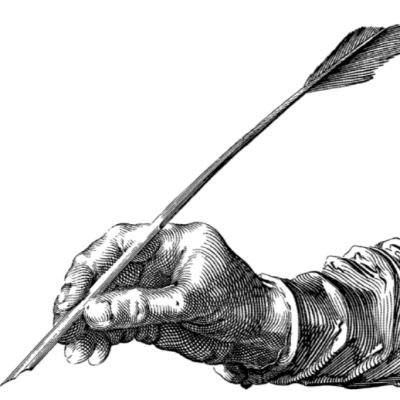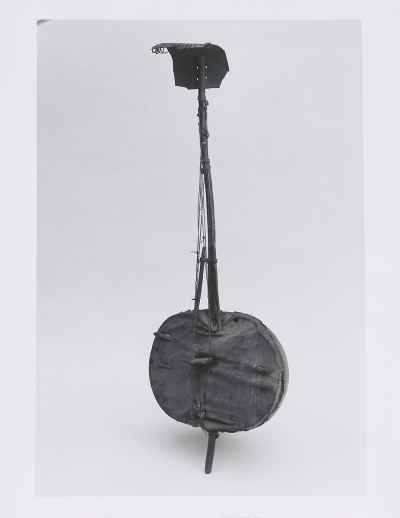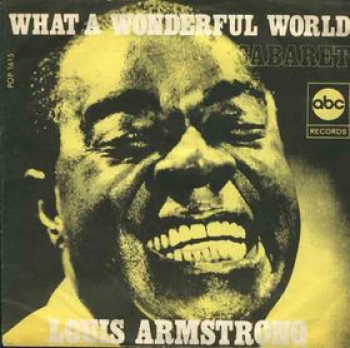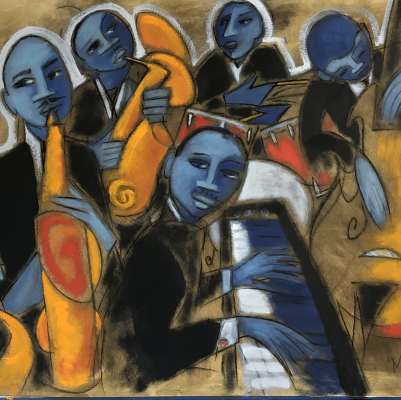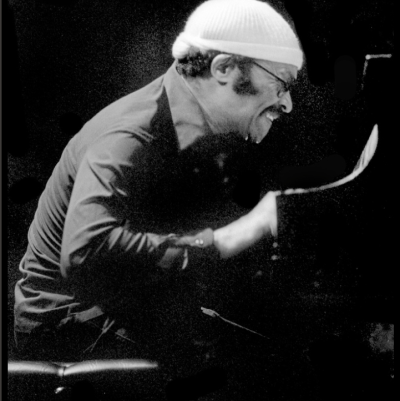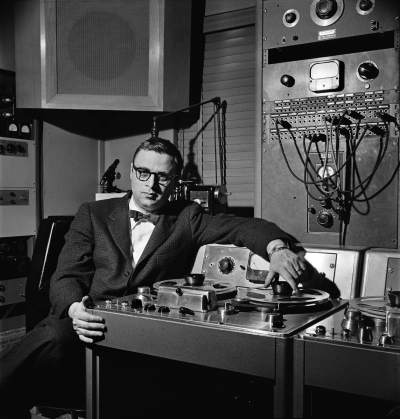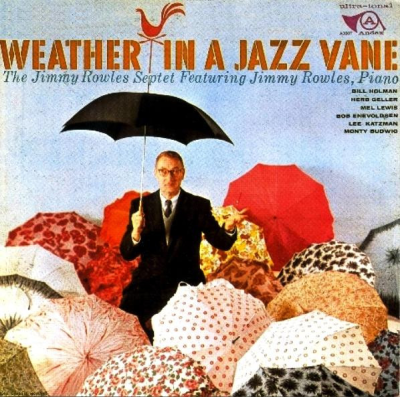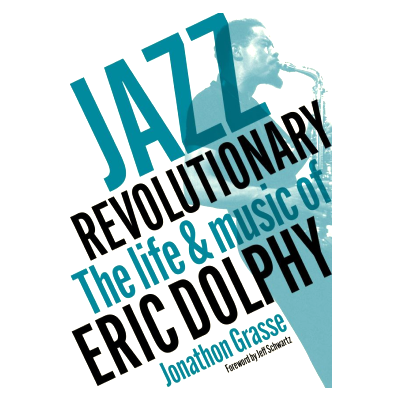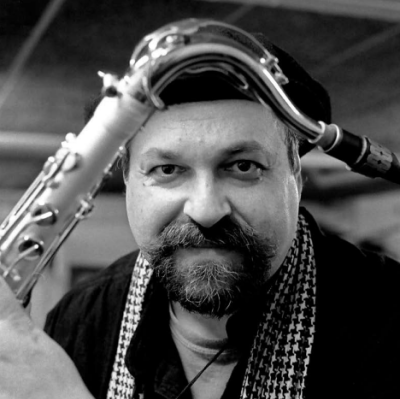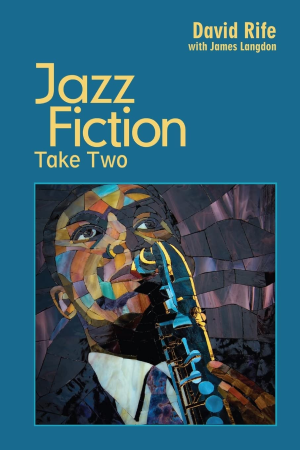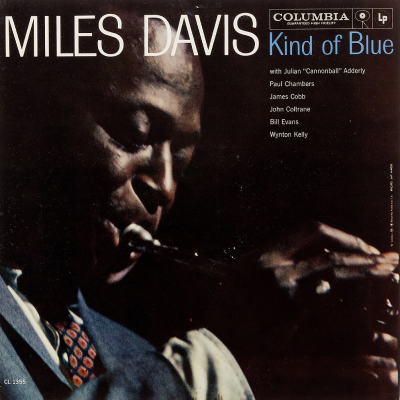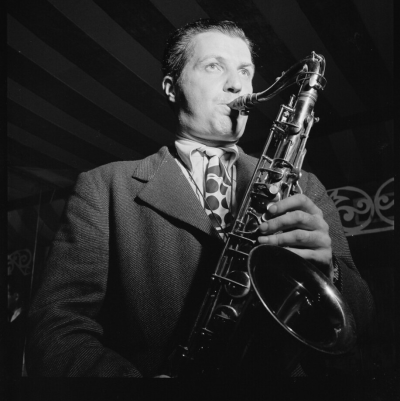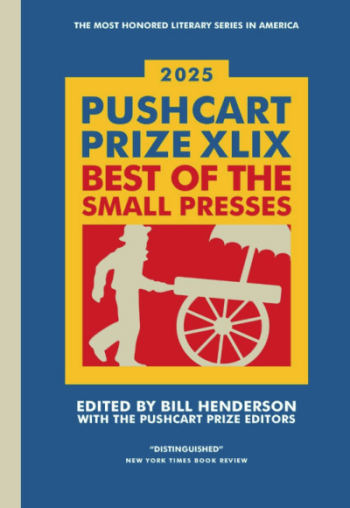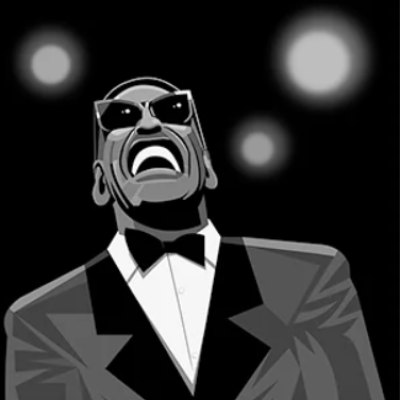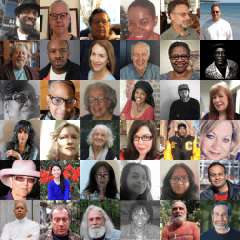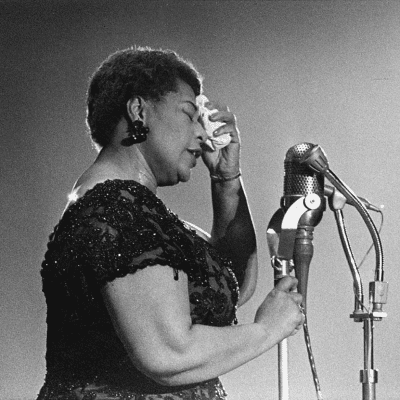Reminiscing in Tempo
*
Memories and Opinion
_____
“Reminiscing in Tempo” is part of a continuing effort to provide Jerry Jazz Musician readers with unique forms of “edu-tainment.” Every month (or as often as possible), Jerry Jazz Musician poses one question via e mail to a small number of prominent and diverse people. The question is designed to provoke a lively response that will potentially include the memories and/or opinion of those solicited.
Since it is not possible to know who will answer the question, the diversity of the participants will often depend on factors beyond the control of the publisher. The responses from the people who chose to participate in this edition are published below with only minor stylistic editing. No follow-up questions take place.
_____
What is the greatest saxophone solo in the history of jazz?
Originally published November, 2005
You pose a very difficult question, so, let me think. I actually have one; Wayne Shorter, Free For All, with Art Blakey and The Jazz Messengers (from the album of the same name).
1. It was Shorter’s composition.
2. It was recorded in 1964. The title says a lot about the state of African-America and America in general. Emphasis can be put either on “Free” or on “All”.
3. The solo. Wayne has always epitomized balance in his creations. The balance of an emotionally phrenetic phrase with a well wrought languid statement. His tone, his rhythm, his ears. I’m always moved by this solo because it continually evolves from one chorus to the next. He’s preaching to us — constantly nurture your soul because it nurtures the ones around you. I’m not sure which of the musicians verbally chimes in during the solo, but it becomes evident that the musicians in the room couldn’t help but signify. It’s a great feeling to be on the bandstand and hear your bandmates “grunt” or “sigh” when they hear something they “felt”. Hope you feel it.
In close second is a Von Freeman solo, “If I Should Lose You,” from The Improviser.
_________________
That’s almost impossible, and been on my mind for days, now. Here’s an attempt:
Considering the abundance of great saxophone solos (and having to consider not just tenor, but also alto, soprano, baritone and bass), this in the end becomes a matter of personal taste and sentiment rather than historical-artistic significance. So, ruling out iconic statements like Hawk’s “Body, “Bird’s “KoKo,” Jacquet’s “Flying Home,” Ben’s “Cotton Tail,” Newk’s and Trane’s whatever’syourchoice, Carter’s “Can’t Believe,” Hodges’ “Mellotone,” Bechet’s “China Boy,” etc. etc., here’s one I’ve come to love most dearly, and there’s an alternate take to boot:
Lester Young: “When You’re Smiling,” Teddy Wilson and his Orchestra, (Billie Holiday, vocal), take four (because that’s the one I had first, but tossup with take three, slightly faster). By today’s standards, short — but oh, how sweet! I was about eighteen when I got hold of this 78, a Columbia reissue using the previously unissued take, and did I listen to that solo again and again! And since then, countless times. A jazz haiku, maybe. By the way, Pres’s setup at the end of Teddy’s solo, and his part in the rideout, are part of the statement. Greatest saxophone solo in jazz history? Who can say. But for sure, a gem from Lester Young’s beautiful head.
Sometimes these kinds of questions can be difficult or even impossible to answer. However, in this case the answer came to me immediately: John Coltrane’s performance of “I Want To Talk About You” from Live at Birdland. To me this is the apotheosis of the Coltrane style. There are so many notes, yet the song is there in every one, as is the struggle. Sublime and unrefined, it transcends technique. It is a perfectly crafted statement overflowing with humanity and love. So often it seems that the truly magical moments are never captured. This is one of the rare exceptions. This is music that goes beyond time and place.
– Reid Anderson
_____
Reid sent in John Coltrane’s “I Want To Talk About You,” from Live At Birdland; I also would pick a Coltrane: “Crescent.”
– Ethan Iverson
________________
“Body and Soul” by Coleman Hawkins.
For me its a toss up between two Coleman Hawkins solos: ” Hollywood Stampede” and “Body and Soul.”
The solo on “Stampede” signals the birth of virile tenor saxophone styling. Owing quite a lot, of course, to the spirit of Louis Armstrongs phrasing as well as the more known and familiar slap tongue accents that were used in the latter half of the solo and in much of Hawks playing at the time. Its one of the solos that I most enjoy recreating in demonstrating the importance of Coleman Hawkins.
The October 11th, 1939 recording of “Body and Soul “represents the crystallization and refinement of Hawks virile style — this solo is truly the pinnacle and it continues to be so 60-plus years after its authoring. It is the solo any aspiring saxophonist must learn and acknowledge





